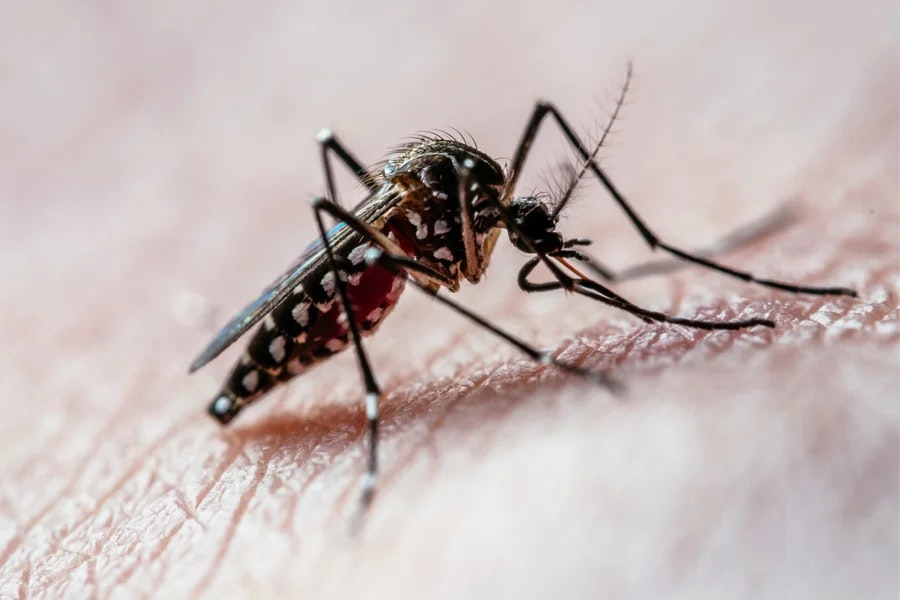London Underground Mosquitoes Have Ancient Origins

A new study has upended the common belief that Culex pipiens f. molestus, also known as the "London Underground mosquito," evolved only a few hundred years ago in urban subway systems. DNA analysis of mosquitoes from 44 countries now suggests that this mosquito, which bites humans and thrives in underground environments, actually originated in the Middle East thousands of years ago—long before the construction of subway tunnels.
Key Findings:
- The molestus mosquito is genetically more similar to Mediterranean mosquitoes than those in northern Europe.
- Mosquitoes in the Middle East show more genetic diversity, meaning they’ve existed there much longer.
- The bird-biting Culex pipiens form does not exist in the Middle East, supporting the idea that molestus evolved in isolation to target humans.
This discovery suggests that mosquitoes have been adapting to human settlements for thousands of years, potentially evolving alongside early agriculture. As cities continue to expand, scientists warn that hybridization between bird-biting and human-biting mosquitoes could increase the risk of West Nile virus transmission.
What Does This Mean?
- Mosquitoes don’t need modern urbanization to adapt to human environments—they’ve been doing it for centuries.
- As climate change alters ecosystems, understanding mosquito evolution is crucial to tracking disease risks.
- Cities should monitor mosquito populations to prevent new disease-carrying hybrids from emerging.
This research reshapes our understanding of how mosquitoes evolve and highlights the importance of proactive mosquito control in preventing future public health risks.
